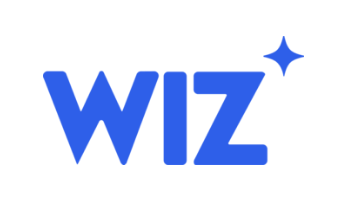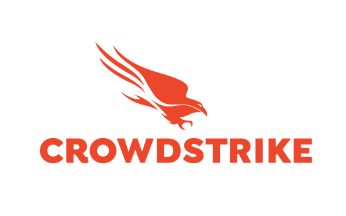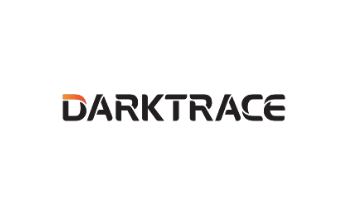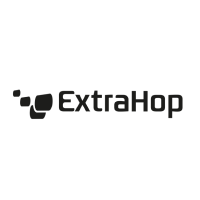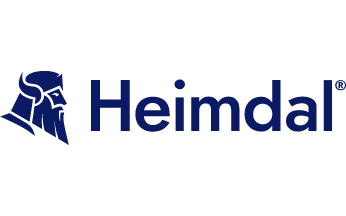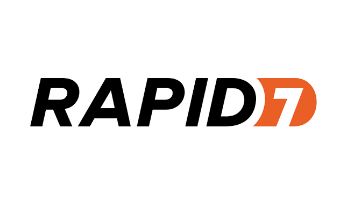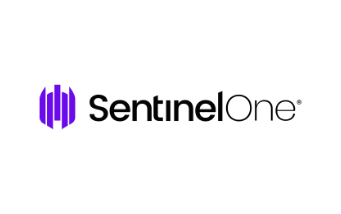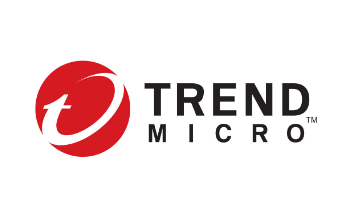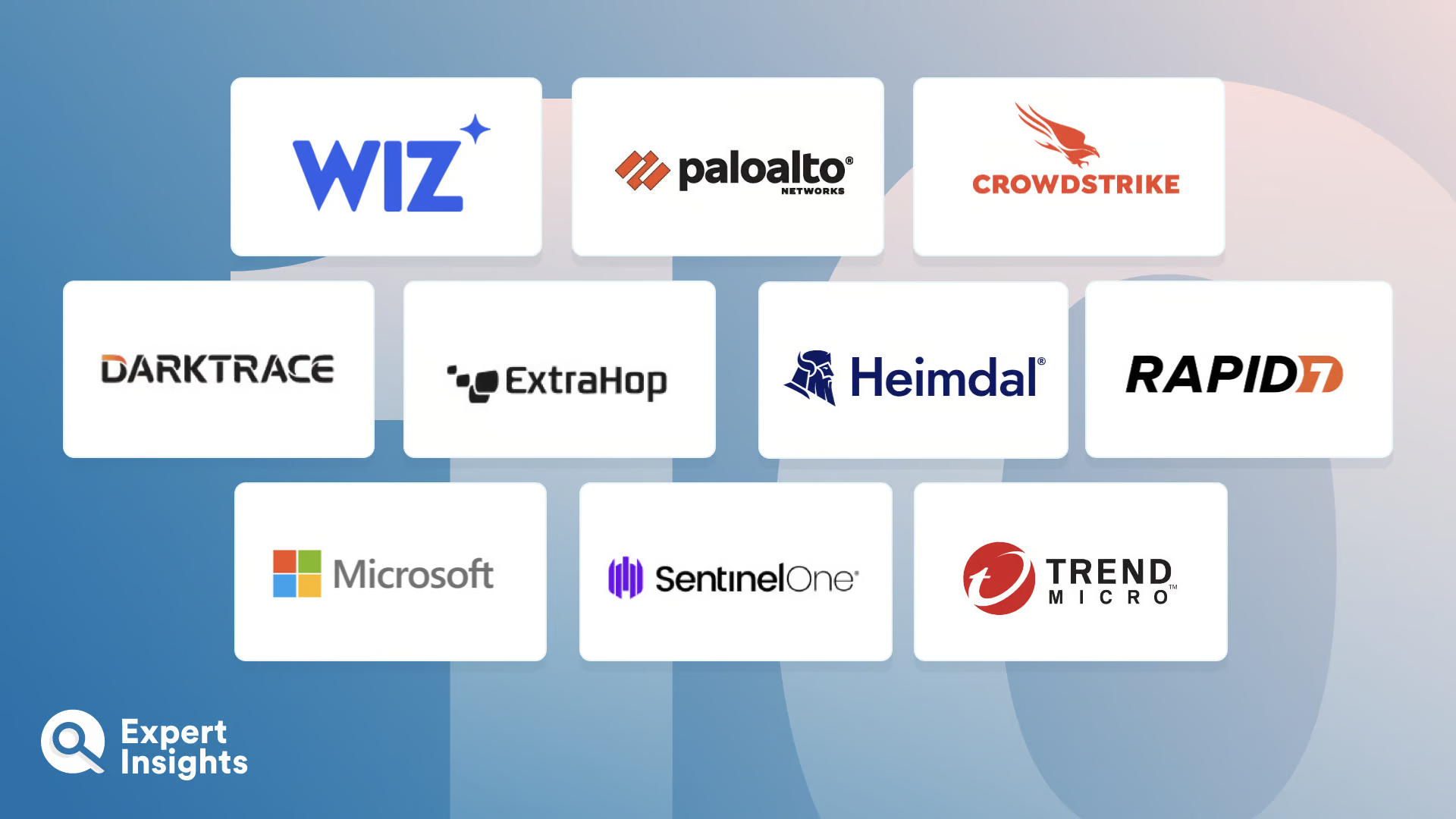Everything You Need To Know About Cloud Detection and Response (CDR) Software (FAQs)
What Are Cloud Detection and Response (CDR) Software Solutions?
Cloud Detection and Response solutions allow organizations to monitor and manage the threats that may affect their cloud accounts. The solutions provide real-time analysis and can deliver automated remediation, ensuring that threats are shut down effectively.
CDR solutions may seem similar to Endpoint Detection and Response (EDR) or Extended Detection and Response (XDR) solutions. While there is overlap in their aims and uses, they work in very different ways due to the differences between how on-premises technology and cloud environments are designed. It is worth noting, however, that some systems labeled as XDR platforms do include CDR capabilities.
CDR solutions are able to provide deep visibility and analysis of cloud environments (including complex and multi-cloud setups), services, APIs and VMs. Once threats are identified, the platforms will take proactive measures to prevent the attack from spreading and actively eliminate this issue. This process can be entirely automated, reducing the burden on SOC teams to respond in a timely manner.
How Do Cloud Detection and Response (CDR) Software Solutions Work?
The CDR response pathway has four stages: Identify, Simulate, Detect, and Respond. Although there is an order to these steps, the cycle occurs continuously and simultaneously. This provides comprehensive coverage, ensuring that all threats are identified, analysed, and dealt with appropriately.
Identify- The first task of a CDR solution is to identify the vulnerabilities and attack paths that may be used. This ensures your solution can understand the risks that your cloud network is susceptible to. Without this comprehensive analysis, your solution will not have an effective foundation to build your security platform from.
Simulate – Once it knows where the threats are going to come from, your CDR solution will simulate attacks using playbooks, known TTPs, and AI to understand how each threat will affect your network. This allows it to understand the areas that will be affected, the speed of an attack, and the business repercussions. This information can be used to develop response plans and eliminate any vulnerabilities that have been identified.
The next stages of the lifecycle refer to actual threats, rather than the pre-attack preparation phase.
Detect – A CDR solution will constantly scan for threats. This will encompass the vulnerabilities identified in the previous phases, as well as new, emerging threats. The platform will used event detection rules, correlated graph risk, and custom threat feeds to give an accurate assessment.
Respond – Once threats have been identified, your CDR solution will deploy automated (or one-click) remediation, where possible. This will use preset plans and playbooks to respond, as well as custom, AI-based responses. For any severe threats that cannot be automatically resolved by the solution, SOC teams and admin users can be notified, allowing them to take proactive steps.
What Features Should You Look For In Cloud Detection and Response (CDR) Software?
The ideal CDR solution is one that will work away in the background, only alerting you to its presence when absolutely necessary.
When choosing a CDR solution, it can be difficult to decide which features and capabilities are imperative, and which are extras, particularly suited to specific use-cases. In this section, we’ll explain the key feature that all good CDR solutions should have.
- Continual, Real-Time Monitoring And Detection – The longer that your CDR platform is not actively scanning and looking for threats, the more time an attack has to go unnoticed. Your solution should be checking for attacks all the time, allowing automated remediation to begin immediately and ensuring that relevant users are notified of network events swiftly.
- End-To-End Visibility – It is important that your solution has access to your entire cloud network, allowing it to provide security across a range of areas and threat types. You may have the most comprehensive cloud firewall security, but if your data can be accessed when in transit, you are still susceptible to attack.
- Automatic Remediation – The more work that a CDR solution can do, the less you have to do. Your platform should be able to carry out automated remediation in a timely manner, ensuring that threats are properly and comprehensively addressed.
- Simulated Attacks – To ensure you understand the full impact and repercussions of an attack, your solution should carry out attack simulations. This will provide you with valuable, organization specific, information that can improve your attack response. This feature ensures that your CDR solution is optimized for your environment, rather than generically.
- IT Stack Integration – Not only should your solution be granted insights to all your cloud areas, but the platform should also integrate with additional technologies. This will allow your attack response to be more targeted and efficient. You will be able to utilize all remediation capabilities, beyond those that are natively a part of your CDR solution.



